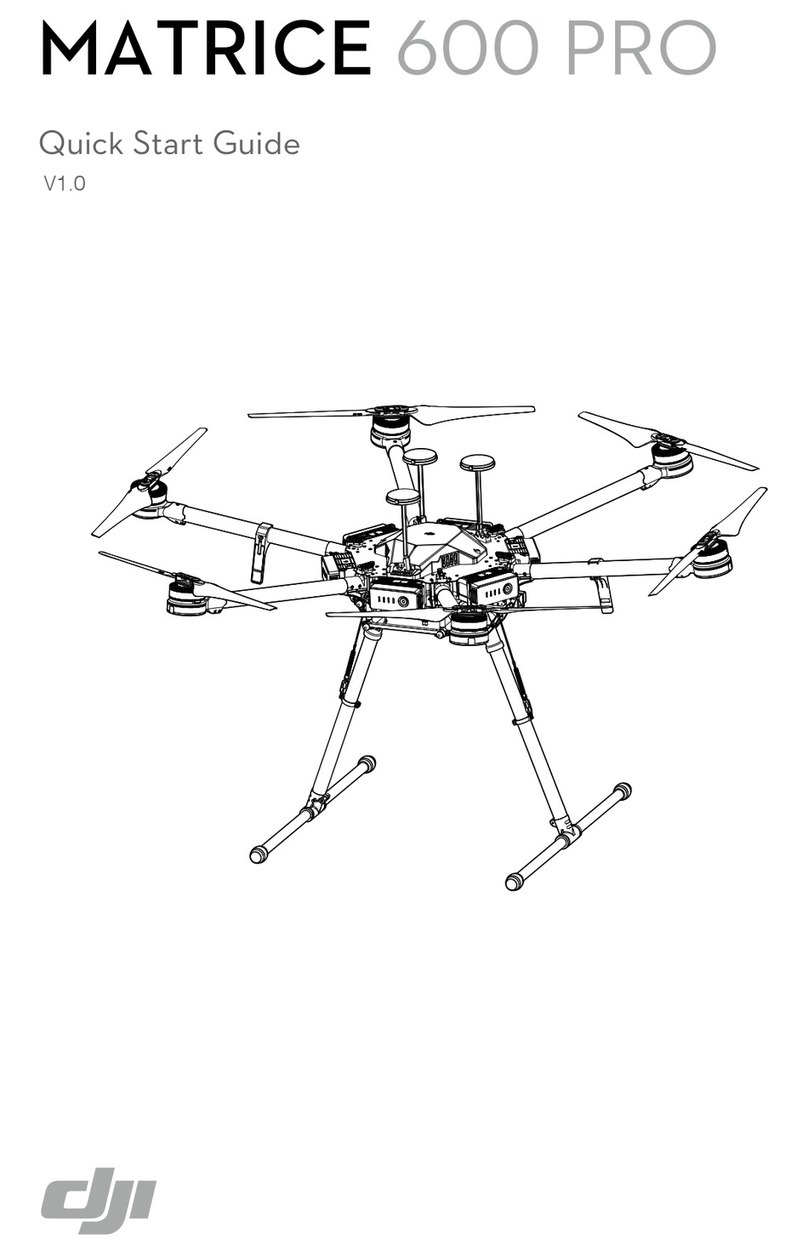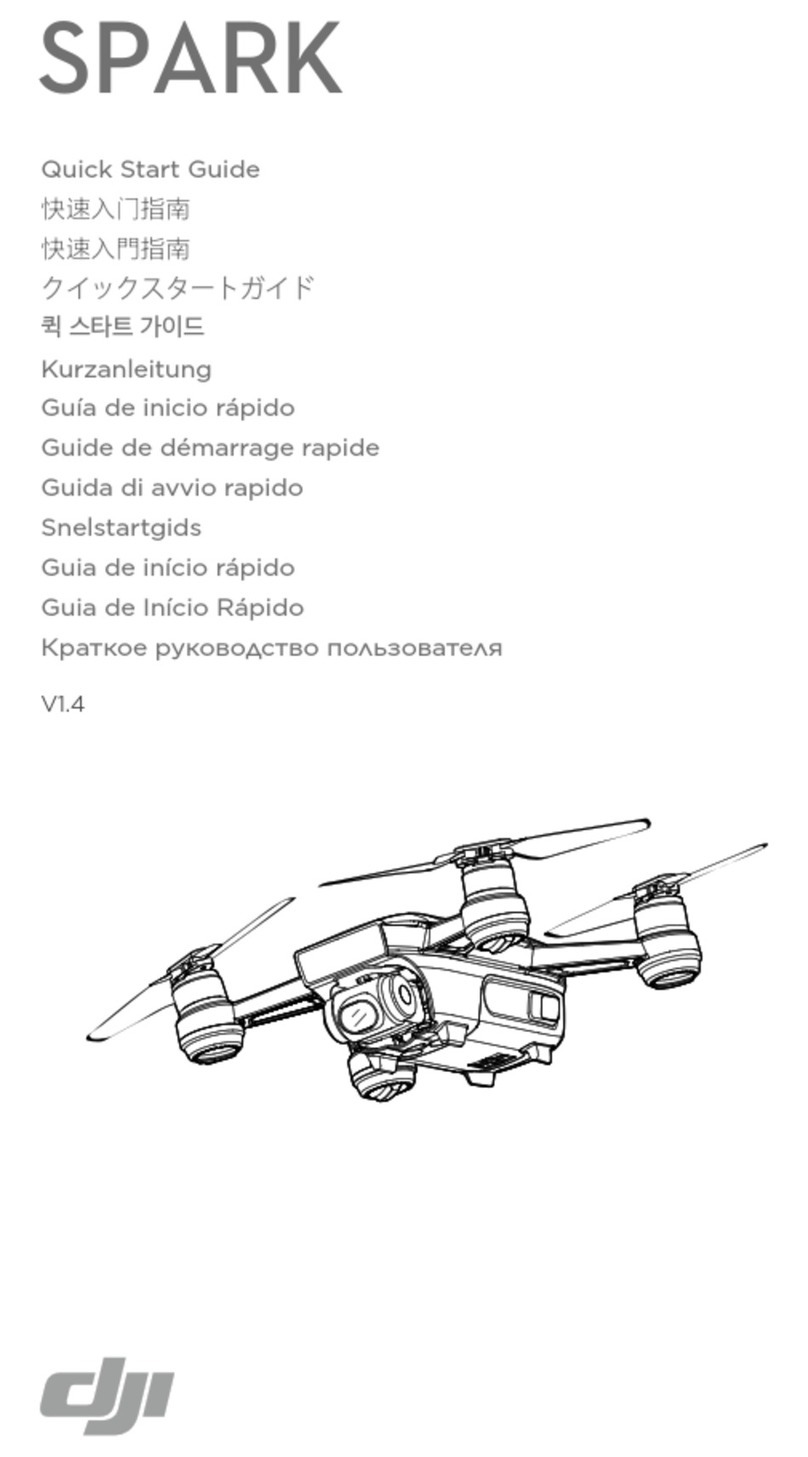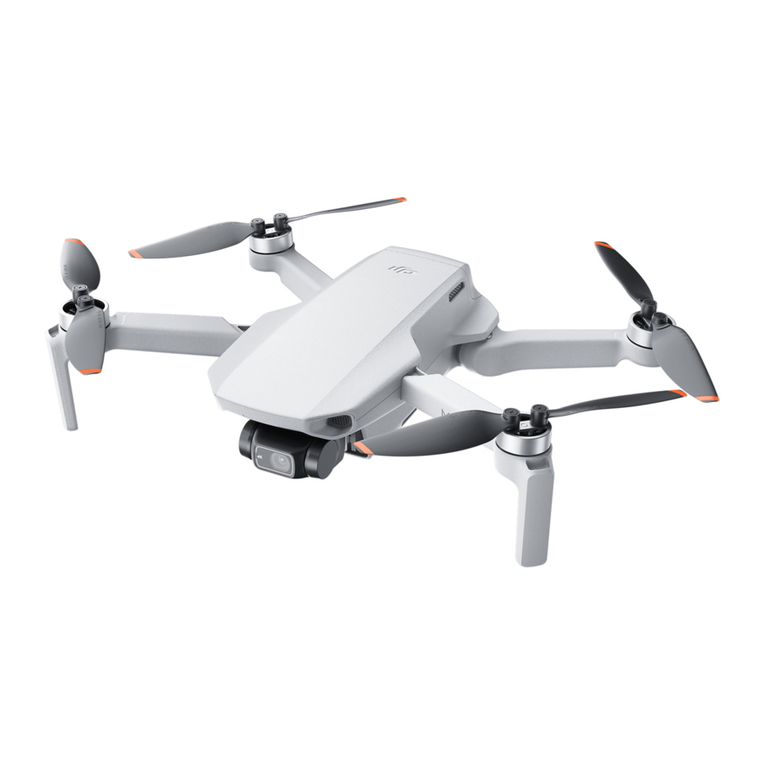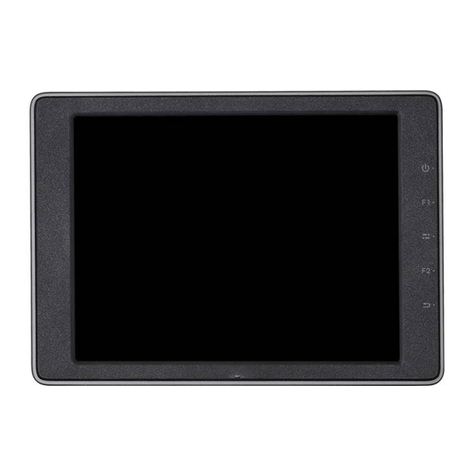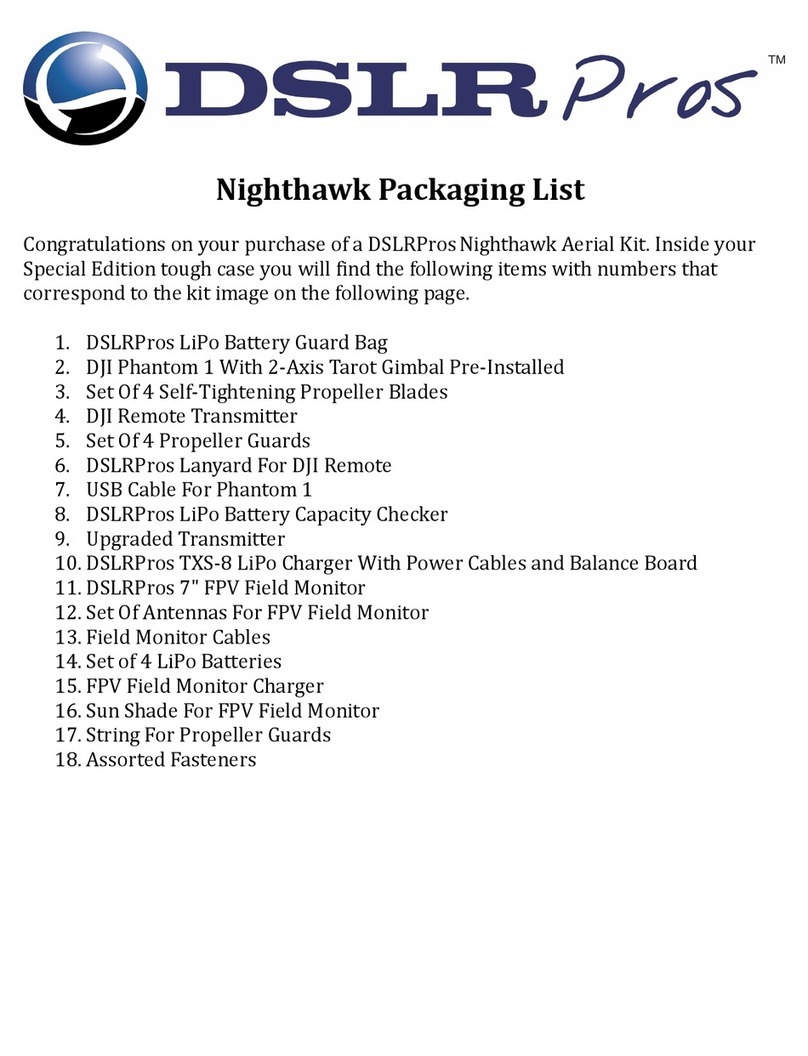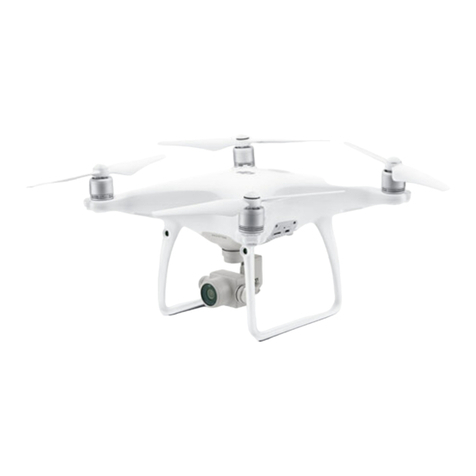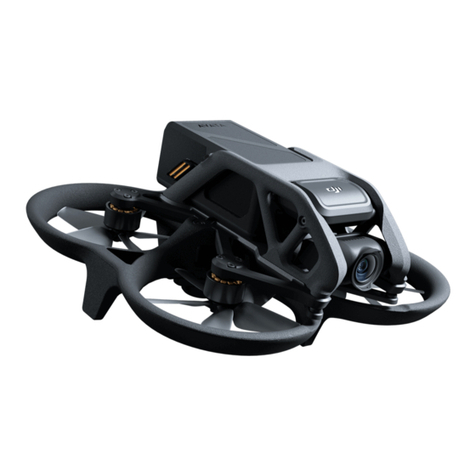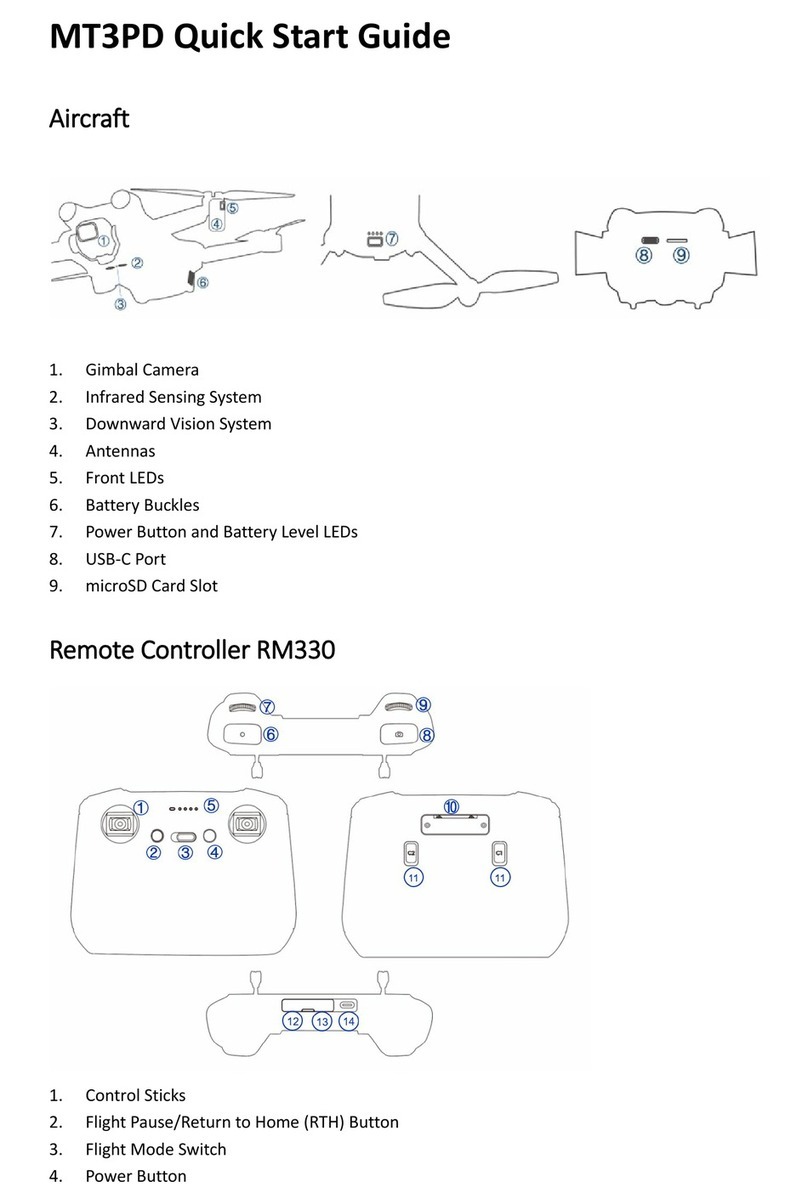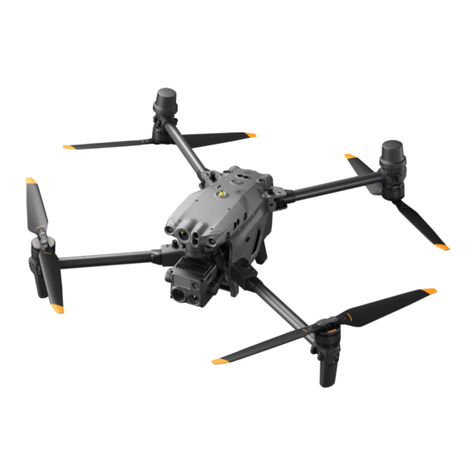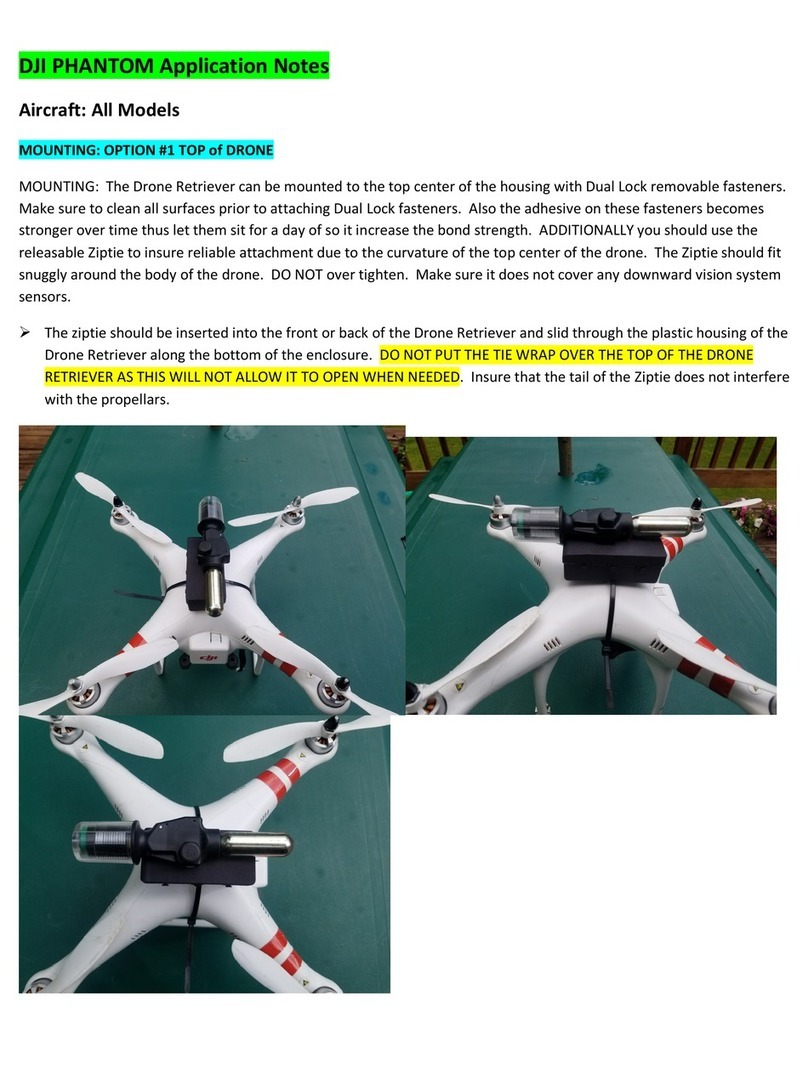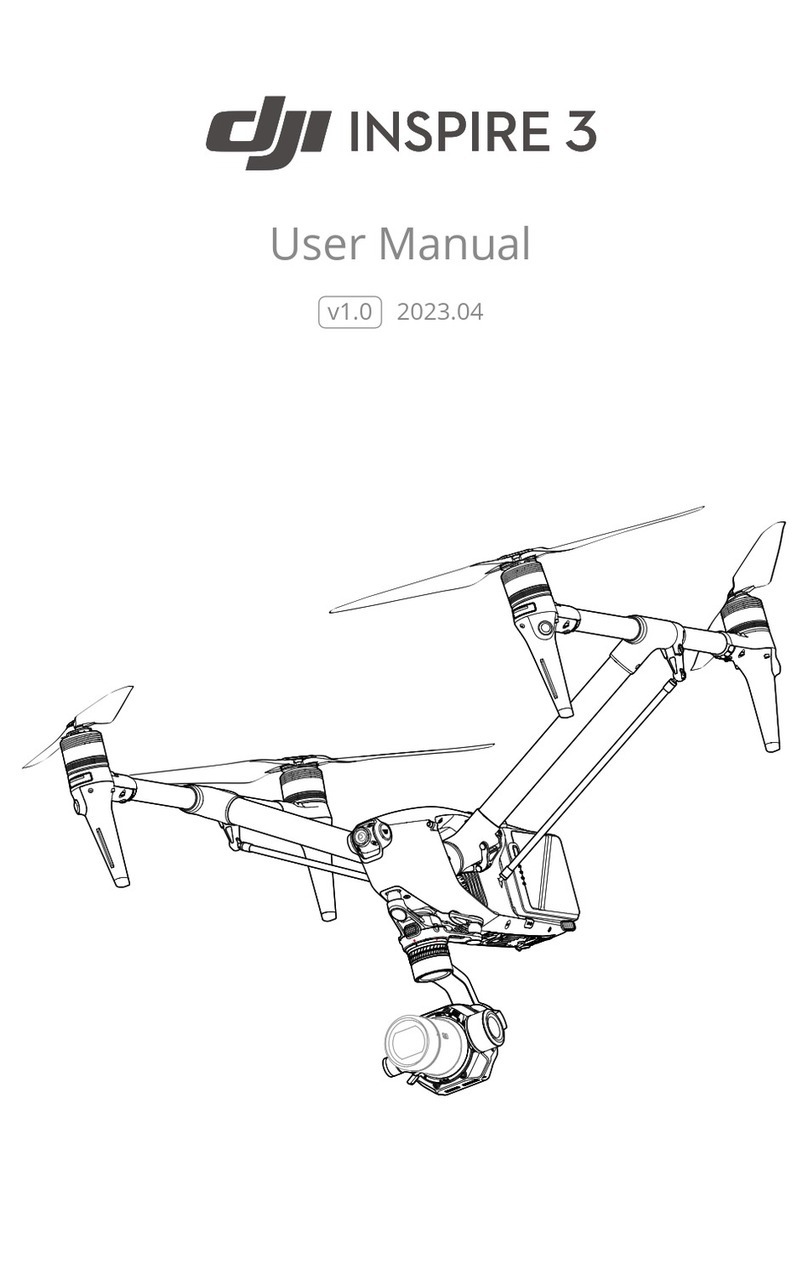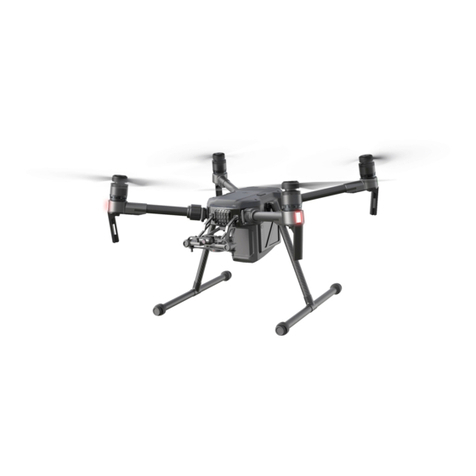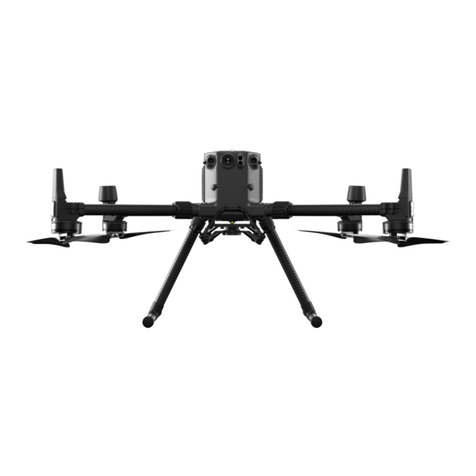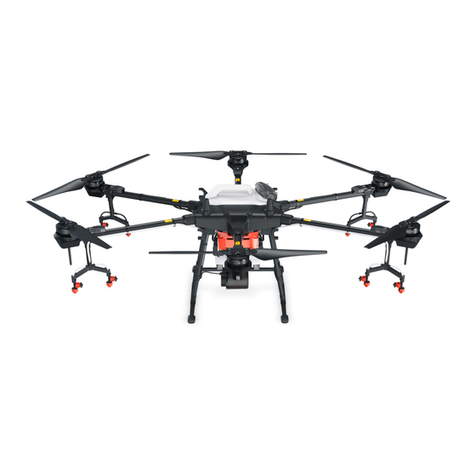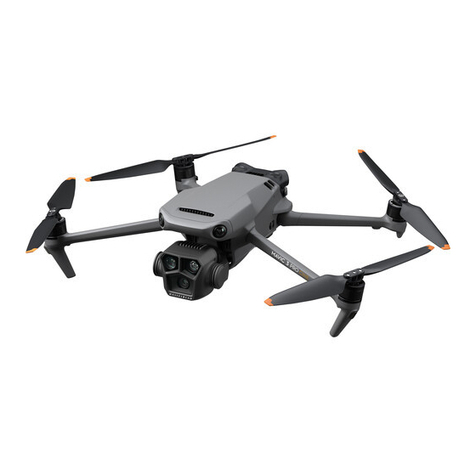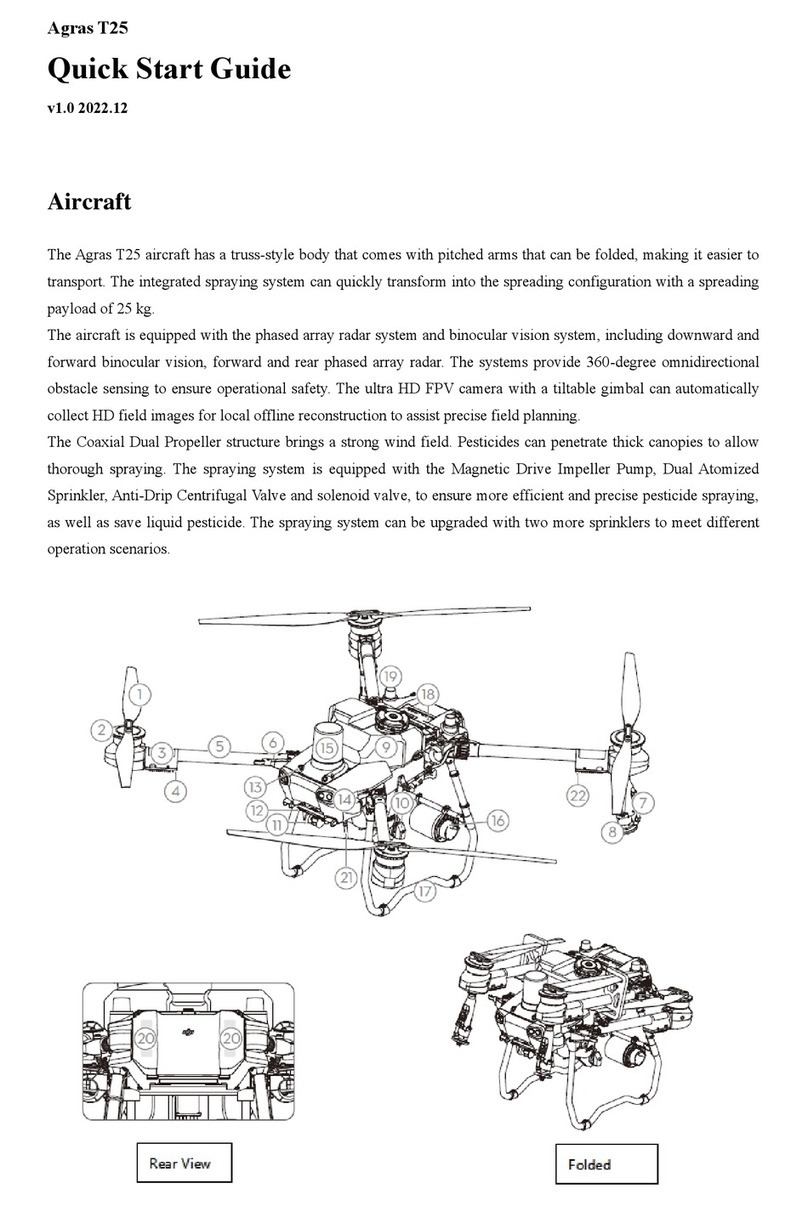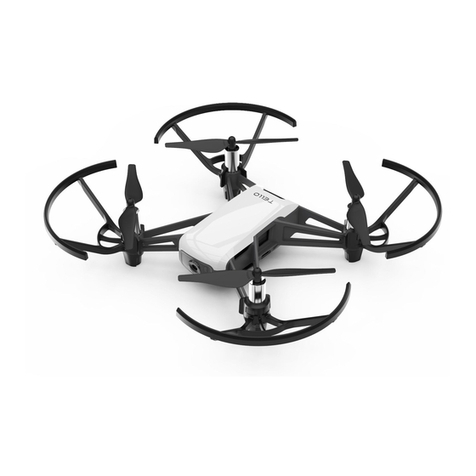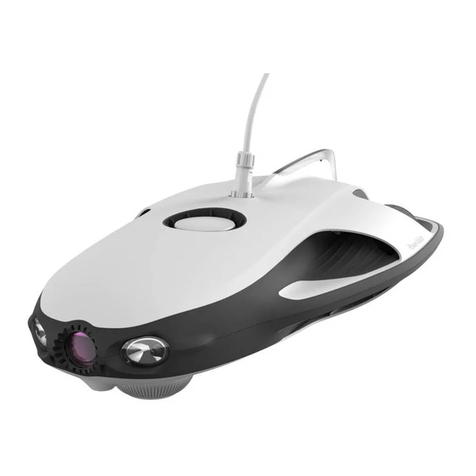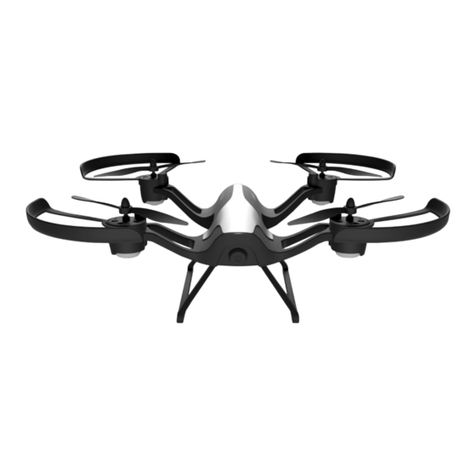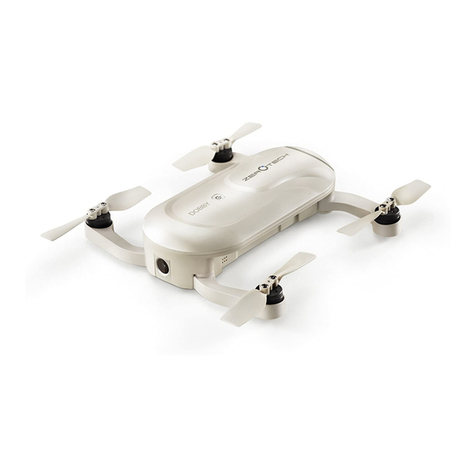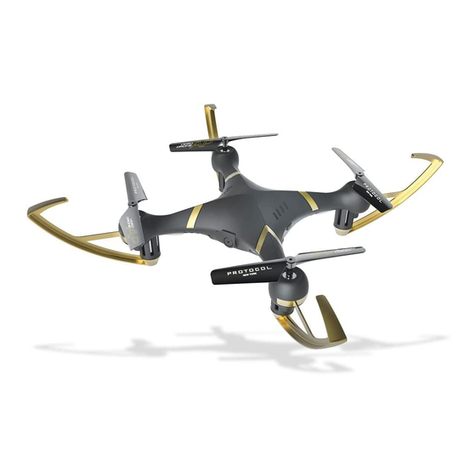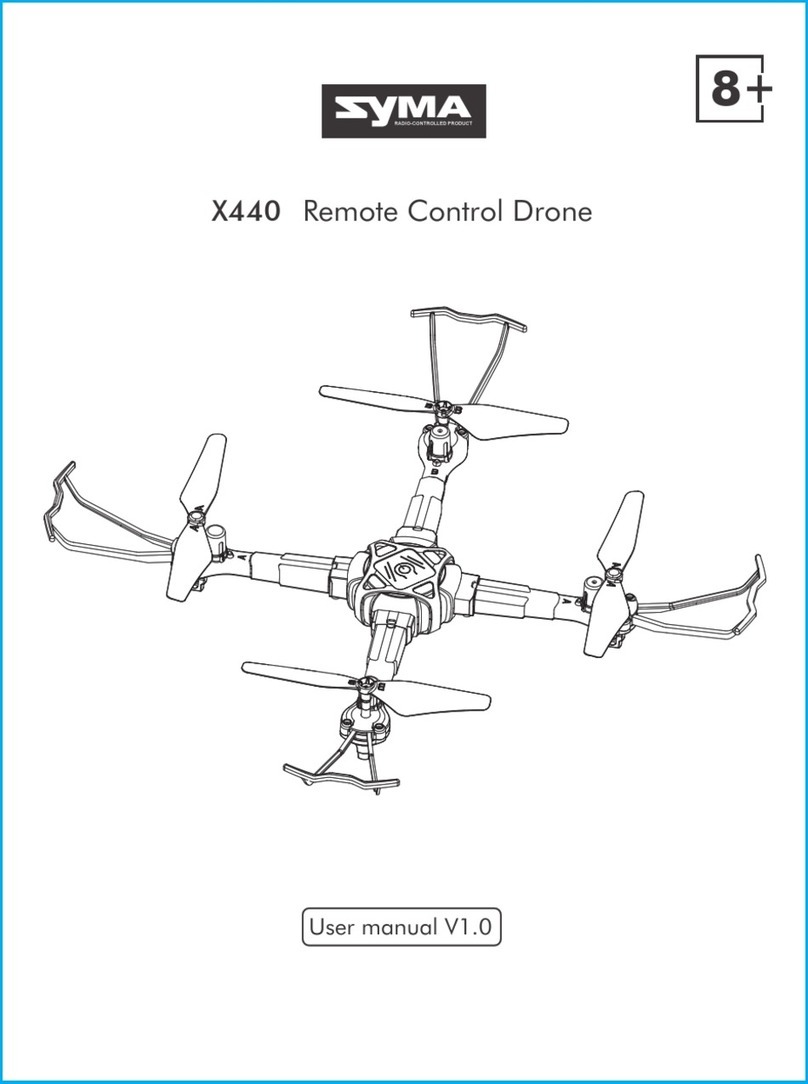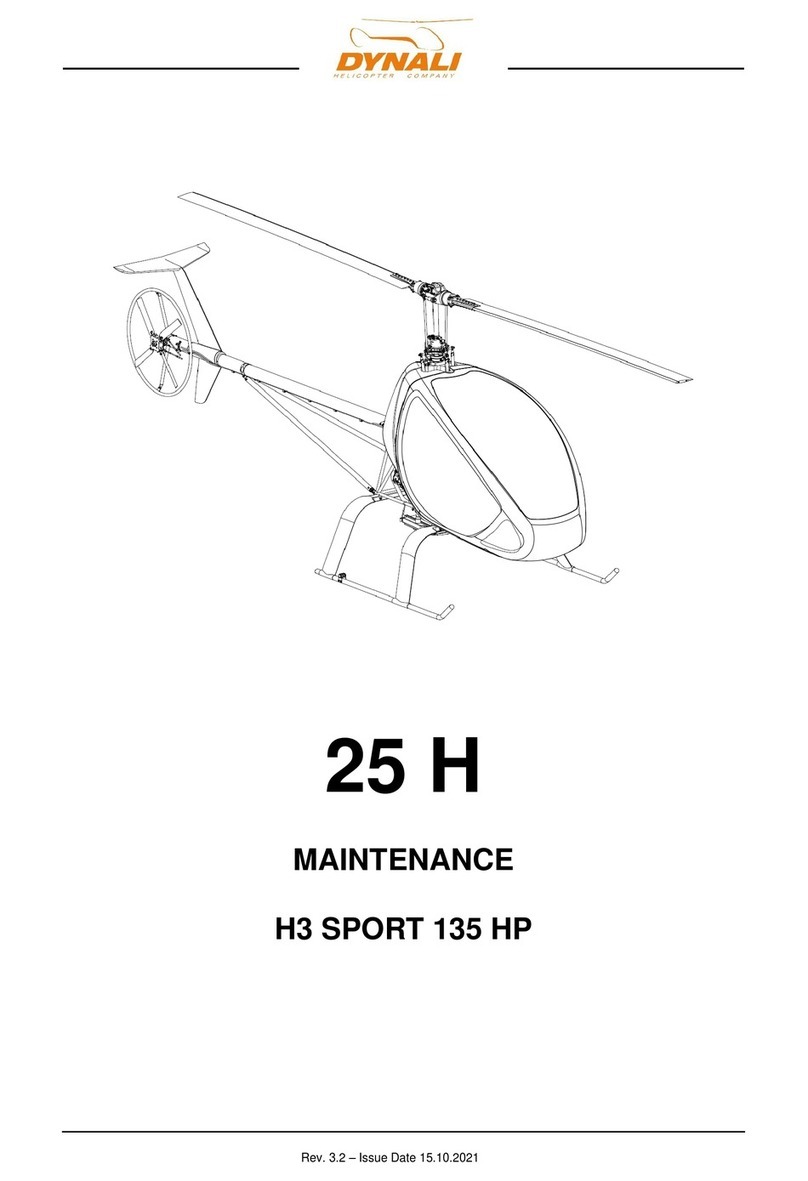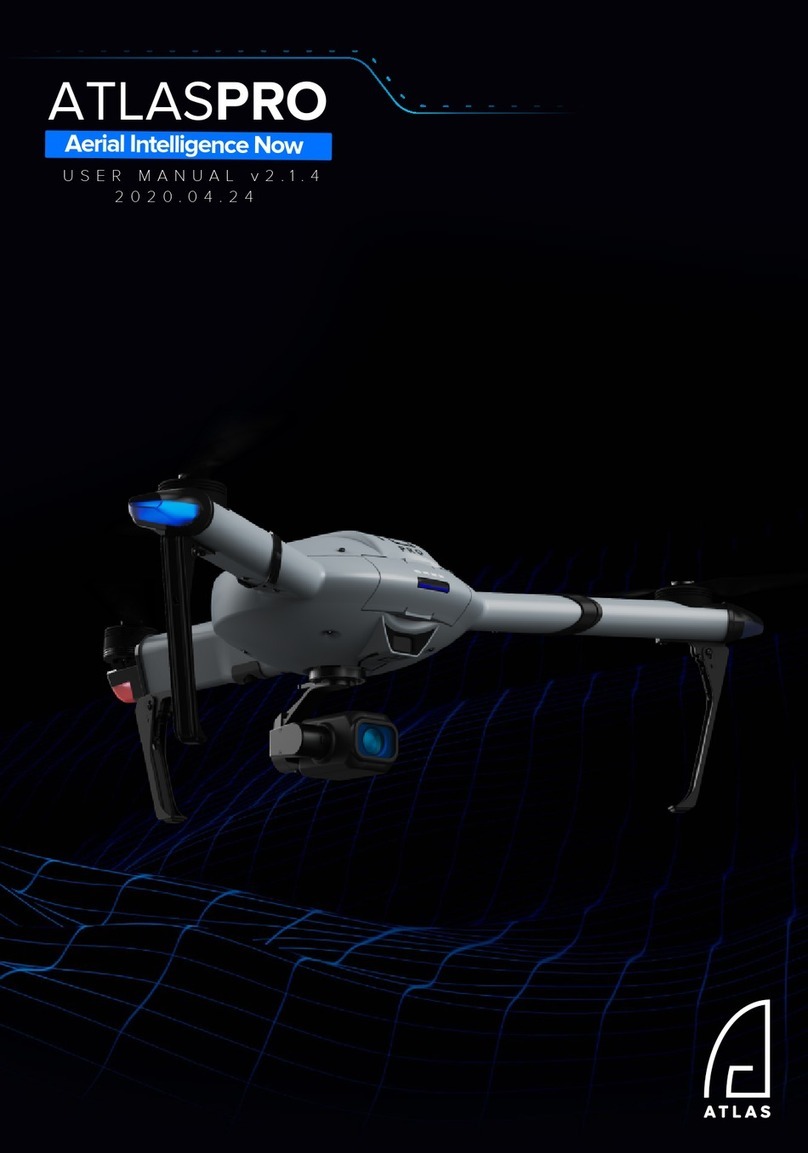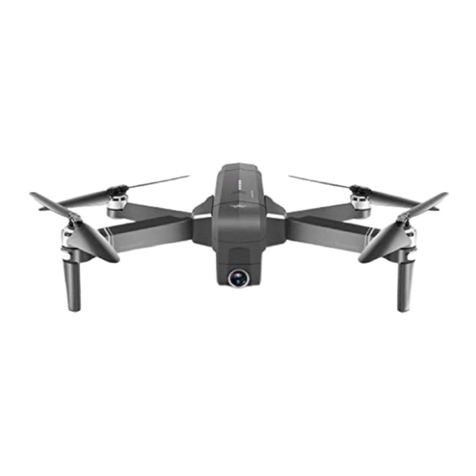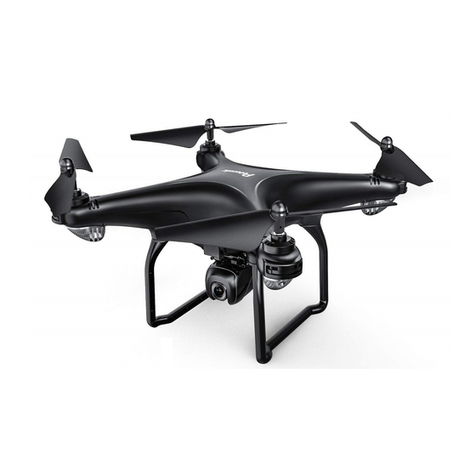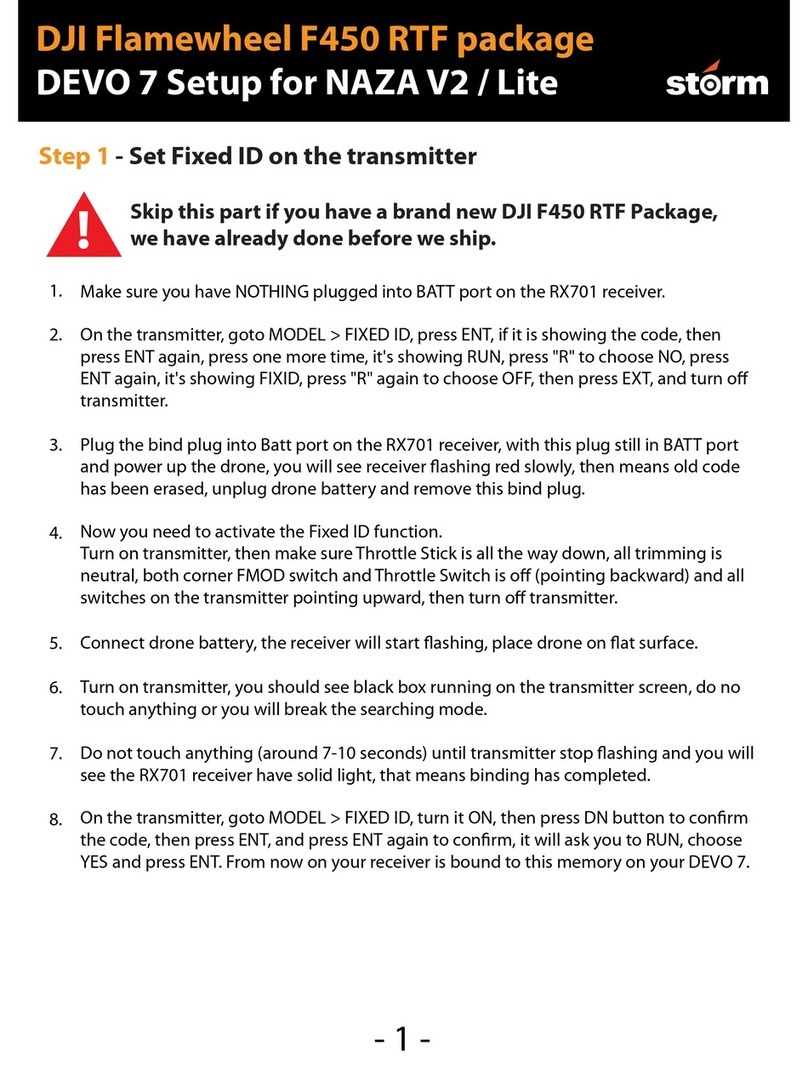
EN
Specications
Aircraft
Diagonal Wheelbase 1133 mm
Dimensions 1668 mm × 1518 mm × 727 mm with propellers,
frame arms and GPS mount unfolded (including landing gear)
437 mm × 402 mm × 553 mm with propellers,
frame arms and GPS mount folded (excluding landing gear)
Weight (with six TB47S batteries) 9.5 kg
Weight (with six TB48S batteries) 10 kg
Max Takeoff Weight Recommended 15.5 kg
Hovering Accuracy (P-GPS) Vertical: ±0.5 m, Horizontal: ±1.5 m
Max Angular Velocity Pitch: 300°/s, Yaw: 150°/s
Max Pitch Angle 25°
Max Wind Resistance 8 m/s
Max Ascent Speed 5 m/s
Max Descent Speed 3 m/s
Max Speed 40 mph / 65 kph (no wind)
Max Service Ceiling Above Sea Level 2170 propellers: 2500 m, 2195 propellers: 4500 m
Hovering Time* (with six TB47S batteries) No payload: 32 min, 6 kg payload: 16 min
Hovering Time* (with six TB48S batteries) No payload: 38 min, 5.5 kg payload: 18 min
Flight Control System A3 Pro
Supported DJI Gimbals Ronin-MX; ZENMUSETM Z30, Zenmuse X5/X5R, Zenmuse X3, Zenmuse XT;
Zenmuse Z15 Series HD Gimbal: Z15-A7, Z15-BMPCC, Z15-5D III, Z15-GH4
Retractable Landing Gear Standard
Operating Temperature 14° to 104° F (-10° to 40° C)
Remote Controller
Operating Frequency 920.6 MHz to 928 MHz (Japan); 5.725 GHz to 5.825 GHz; 2.400 GHz to 2.483 GHz
Max Transmission Distance FCC Compliant: 3.1 mi (5 km), CE Compliant: 2.2 mi (3.5 km) (Unobstructed, free of interference)
Transmitter Power (EIRP) 10 dBm @ 900M, 13 dBm @ 5.8G, 20 dBm @ 2.4G
Video Output Port HDMI, SDI, USB
Operating Temperature 14° to 104° F (-10° to 40° C)
Battery 6000 mAh LiPo 2S
Charger (Model: MC6S600)
Voltage Output 26.1 V
Rated Power 600 W
Single Battery Port Output Power 100 W
Standard Battery (Model: TB47S)
Capacity 4500 mAh
Voltage 22.2 V
Battery Type LiPo 6S
Energy 99.9 Wh
Net Weight 595 g
Operating Temperature 14° to 104° F (-10° to 40° C)
Max Charging Power 180 W
Optional Battery (Model: TB48S)
Capacity 5700 mAh
Voltage 22.8 V
Battery Type LiPo 6S
Energy 129.96 Wh
Net Weight 680 g
Operating Temperature 14° to 104° F (-10° to 40° C)
Max Charging Power 180 W
* Hovering time is based on ying at 10 meters above sea level in a no-wind
environment and landing with a 10% battery level.
Download the detailed user manual at:
www.dji.com/matrice600-pro
※This content is subject to change without prior notice.
MATRICETM is a trademark of DJI.
Copyright © 2016 DJI All Rights Reserved.
Designed by DJI. Printed in China.
DJI incorporates HDMITM technology.
The terms HDMI and HDMI High-Definition Multimedia
Interface, and the HDMI Logo are trademarks or registered
trademarks of HDMI Licensing LLC in the United States and
other countries.
